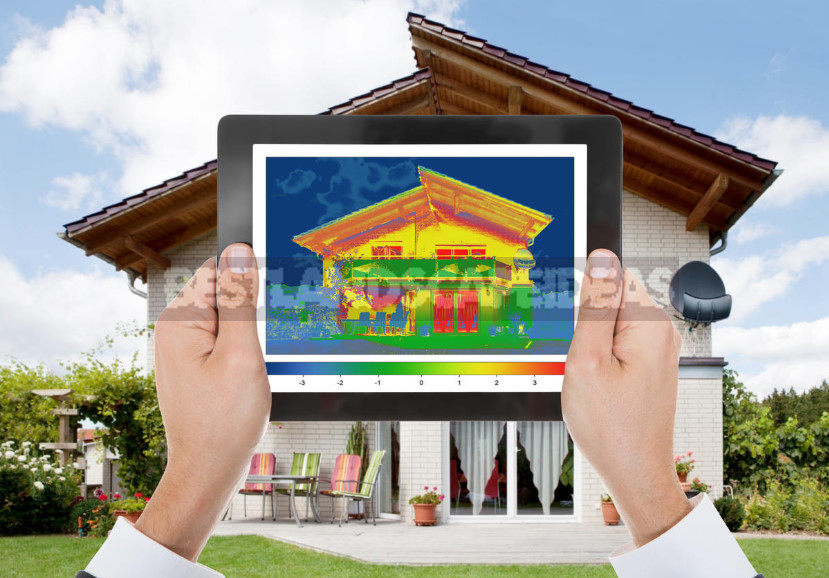
This short article-the answer to numerous letters of summer residents who regularly complain that the cold in various ways penetrates into their heated country buildings. And most often the reason for this are the so-called cold bridges. Although, it would seem, it would be more accurate to call this “gentle” by ear phenomenon a temperature bridge. The fact is that if in cold geographical areas this term justifies its name, then in the southern regions it is more appropriate to call it “the bridge of heat”. We note in passing that if the word “most” most often refers to the fact that the connection of two objects, with “our” bridges is necessary to struggle ruthlessly trying to eliminate them totally.
Temperature bridge or cold bridge-a section of the building envelope (the end of the concrete element, the joints of the walls, etc.), having a reduced thermal resistance. It can be a joint between parts of a structure or a structural element consisting of materials with higher thermal conductivity.
This academic formulation focuses our attention on the leakage of heat from the heated circuit of a country house. And if the term “leakage of thermal energy” evokes melancholy and disturbs not all, by an ice wall of the heated giving just like that you will not pass. And if you pass yourself, then you will be told about it by your relatives, pushing for decisive actions to insulate the home.
Here is one truly funny, and very real case from the practice of my experienced colleagues. At alteration of low-rise object the workers carrying out dismantle of earlier used thermal insulation, unexpectedly for themselves found in one cavity… the crumpled jacket which couple of decades fulfilled partially as an insulator, and to a greater extent – as the bridge of cold. Funny? Very sad.

The negative impact of cold bridges is not only in the banal cold wall. List the major technological troubles following the bridges:
- excessive consumption of energy going to the heating of the cottage;
- possibility of condensate formation and accumulation;
- possible damage to building elements;
- the risk of mold.
Depending on the causes of heat leakage, there are 2 types of cold bridges:
- structural cold bridges, which are formed due to the combination of different building materials with different thermal conductivity coefficients;
- geometric cold bridges are the result of geometric transitions in the shape of a building, such as external corners.
In real practice, low-rise construction is more common combination of both types.

How to detect cold bridges?
Of course, the old-fashioned way it is determined by touch, when the ice wall is clearly contrasted with the hot radiators. However, it would be wrong not to tell our readers about the highest achievements in this area. For example, to determine the breathability of a country house and identify defects in the enclosing structures, a system called BLOW DOOR TEST can be used.
How it works? In order to detect defects in a closed volume, it is necessary to “inflate” the house, that is, to raise the pressure in its shell above atmospheric. For this purpose in an aperture of an entrance door establish a partition with the fan built in it. All Windows and exterior doors must be closed. If there are holes in the house, it is through them that the air will begin to come out. Due to the fact that the air temperature inside and outside the cottage is different, the temperature of materials in problem areas will increase. This change is easy to see on the thermograms, which are performed by thermal imaging technology.
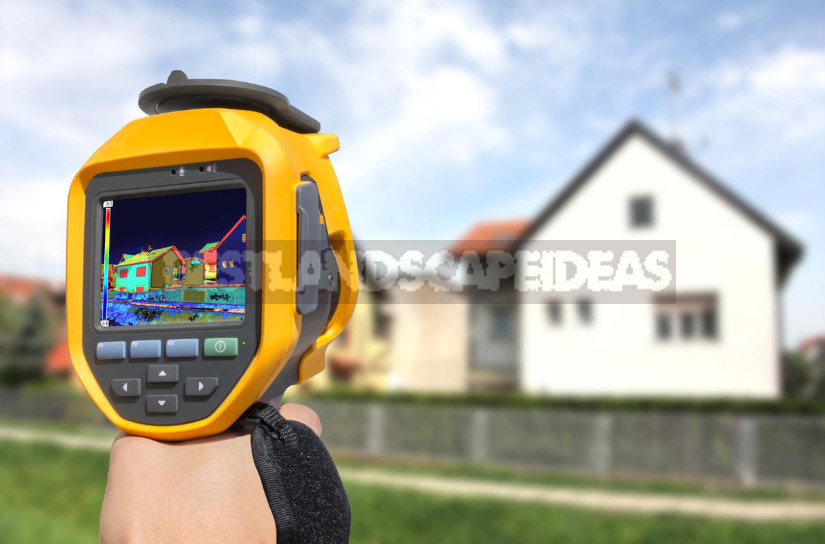
On the monitor of the thermal imager defective places are designated by a red marker.
Typical cold bridges
Consider the most typical cases of these technological defects in the application to the suburban housing.
In recent years, the rich choice of construction markets allow you to buy really high-quality thermal insulation materials for insulation of constructed or existing country house. For this purpose, mineral wool or glass wool materials are used, manufactured in the form of rigid plates or roll mats.
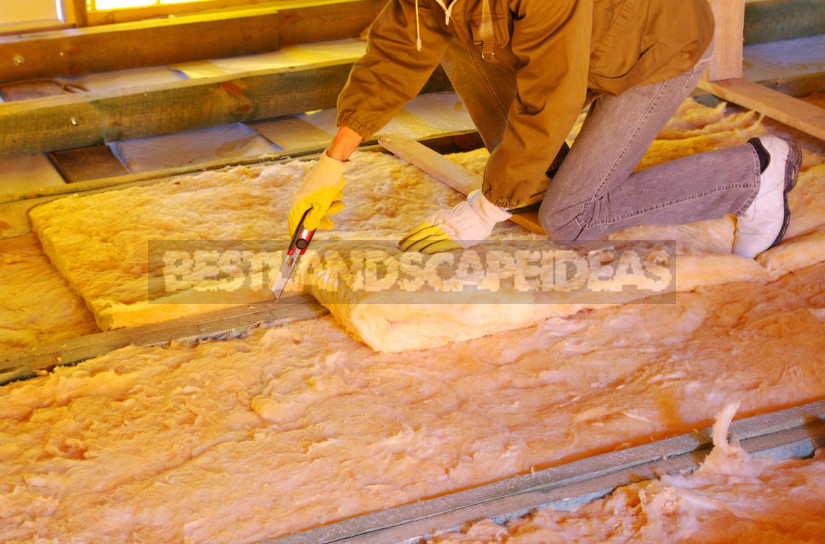
The materials are really high quality, but often they are installed either carelessly or illiterate.
Example:
At warming of an external wall of the house it is required to lay a layer of an insulator of 100-millimetric thickness. Of course, if we dock at the ends of two adjacent plates, then, between them will be a crack. And on cold days, the cold air will slip into this crack and convince the owners of the house that they invited the wrong builders.
Competently we will replay this situation: we will get a material in the thickness of 50 millimeters and we will stack it two layers. That is, in such a way that the hypothetical gap between the material of the outer layer “got” into the body of the second layer insulation. This means that the slit-like flow of cold air will reliably” rest ” against the second, lining layer of the material as in a railway dead end. In this simple way we will avoid the most common cold bridges.

Even in the construction market when buying a heat insulator before the summer resident will have a choice: whether to buy a hard plate or a roll of flexible mats. It turns out that here, even at the time of purchase, it is necessary to competently bypass the pitfalls:
- If we are going to lay the heat insulator on the outer walls of the cottage vertically or with a steep slope under the roof, then over the years, as practice shows, flexible mats under the influence of their own gravity begin to sag and form cracks. You already know their negative impact.
- And Vice versa-if you, say, insulate the ceiling above the first floor, it is wiser to take the mats to smoothly spread them on a horizontal surface and lay in every possible crack. You can’t do that with a hard Mat.
The Foundation with the basement can also be a source of offensive energy losses, and hence family finances. We can say that there is little insulation. It is necessary to insulate not only the concrete slab, but also the Foundation walls.

A common source of heat loss is incorrect connection of bearing concrete structures with enclosing materials. In the photo, absolutely not staged, the head of the engineering service of the enterprise demonstrates a master class on ” enveloping ” the concrete structure with ceramic brick.
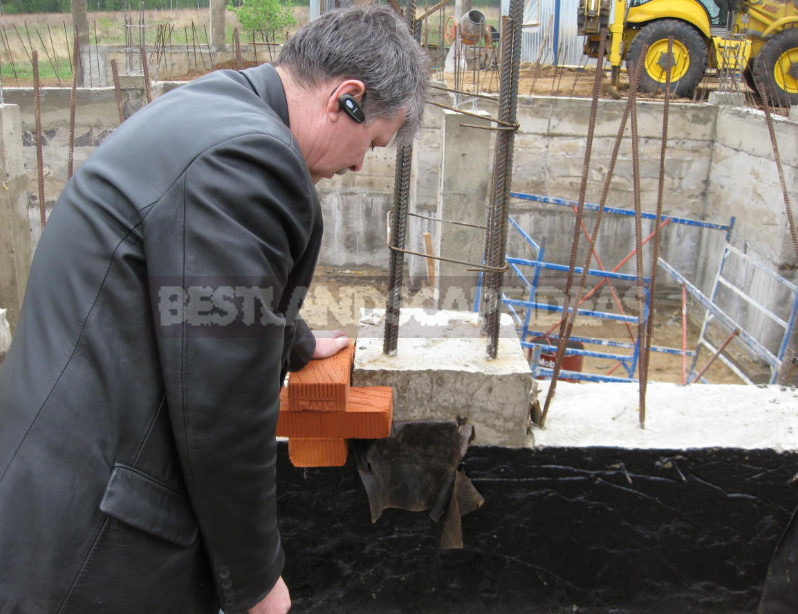
Another hot, but rather cold spot in the insulation circuit of the garden — area of support of floor slabs at exterior walls. They must be heat-insulated with the utmost care. The photo below shows an example of unacceptable exposure of a concrete slab.
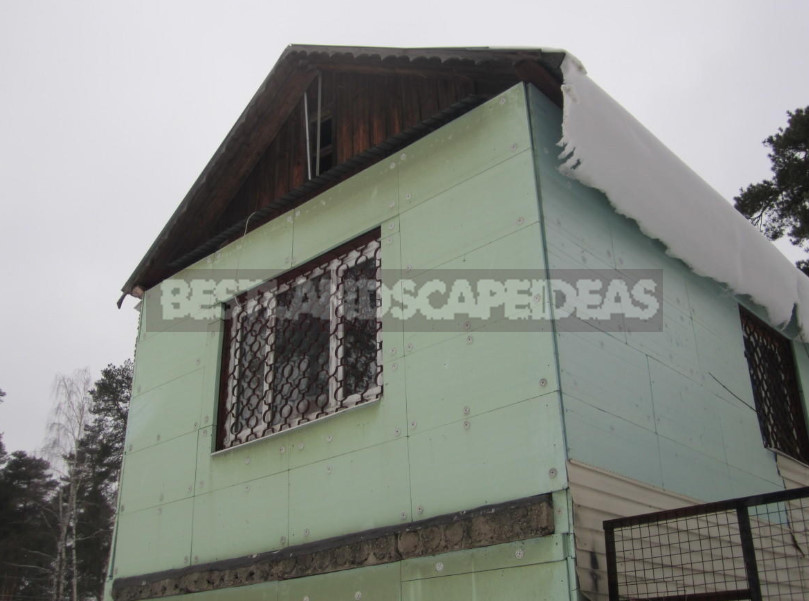
No matter how the owner wrapped it with polystyrene foam plates, the cold will inevitably penetrate into the recklessly open end of the plate.
On the competent organization of warming of a plate of overlapping without cold bridges allow to finish this narration.
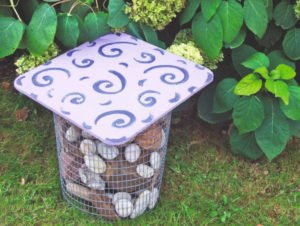



Leave a Reply